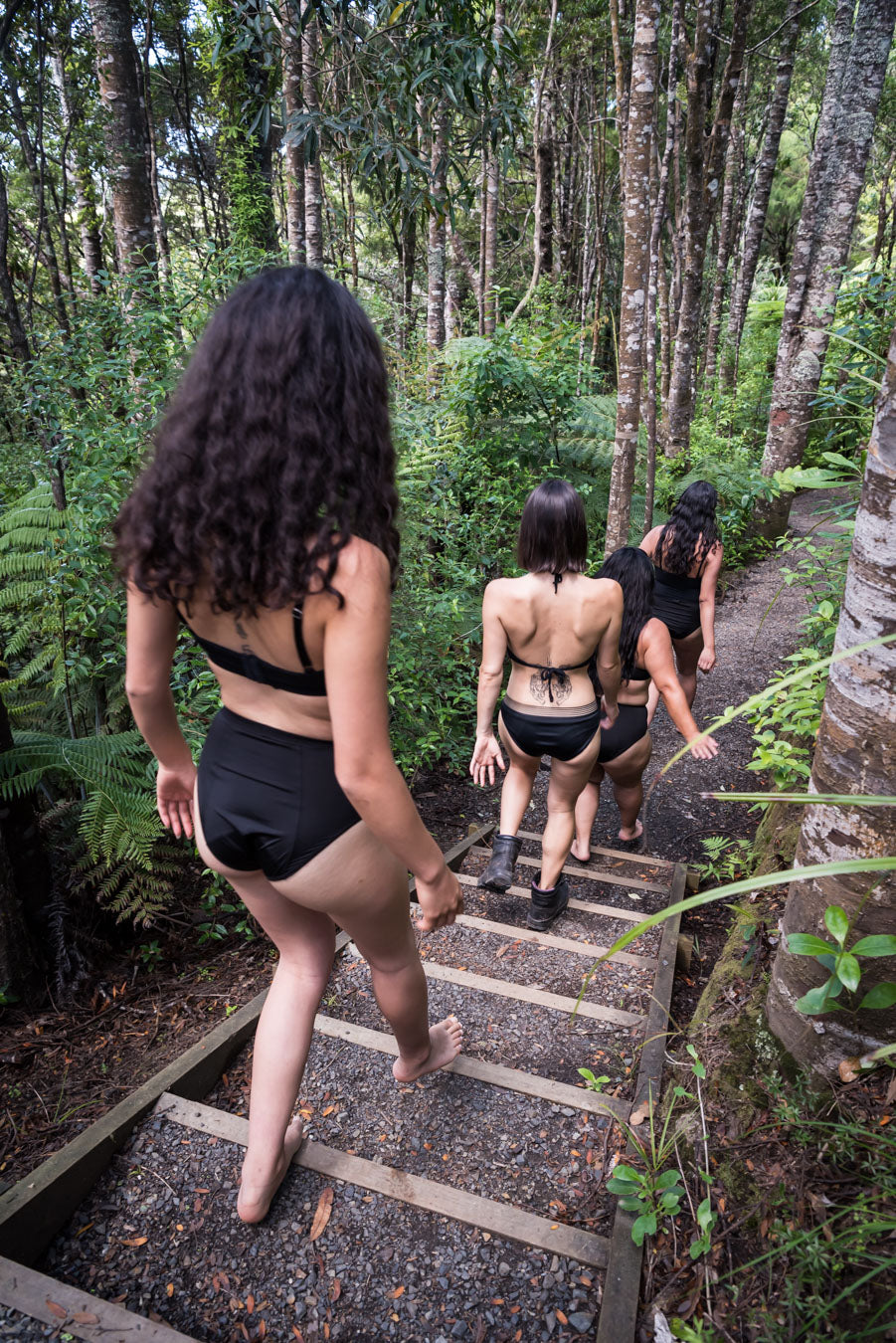
Ceremonial return of waiwhero to Papatūanuku
Ceremonial return of waiwhero (menstrual blood) to Papatūanuku - there has been a bit of kōrero on this tikanga since we first wrote abut it a week or so ago. You've been asking us why and how and generally are intrigued by the tradition (just like we are).
In a Maori world view, we are from the land and so everything belonging to our bodies are returned to the land. When we are born, our whenua (placenta) is buried with a special tree planted. Our hair, nails and teeth were all buried in the earth and when we die, our bodies are welcomed back to the ancient womb of Papatūanuku.

It was also thought that our menstrual blood contained our ancestors and descendants so it made sense to our tīpuna to return our menstrual blood (usually along with karakia) to the earth and usually on tribal lands.
Does this tradition resonate with you? Too whakamā? We are keen to hear your thoughts!
You may not wish to squat on the earth and bleed straight onto it but another approach could be to wash or rinse your I am Eva underwear onto the earth in a place somewhere special to you or somewhere that feels like home to you.
This could be a wonderful ceremony between mother and daughter for when your daughters ikura arrives.
What do you all think? Let us know and let's open up the kōrero. The good, the bad, the everything. The more we kōrero on these ancient ways, the more normal some of the practices will become and that is our hope moving forward for our wahine in Aotearoa and around the world.

